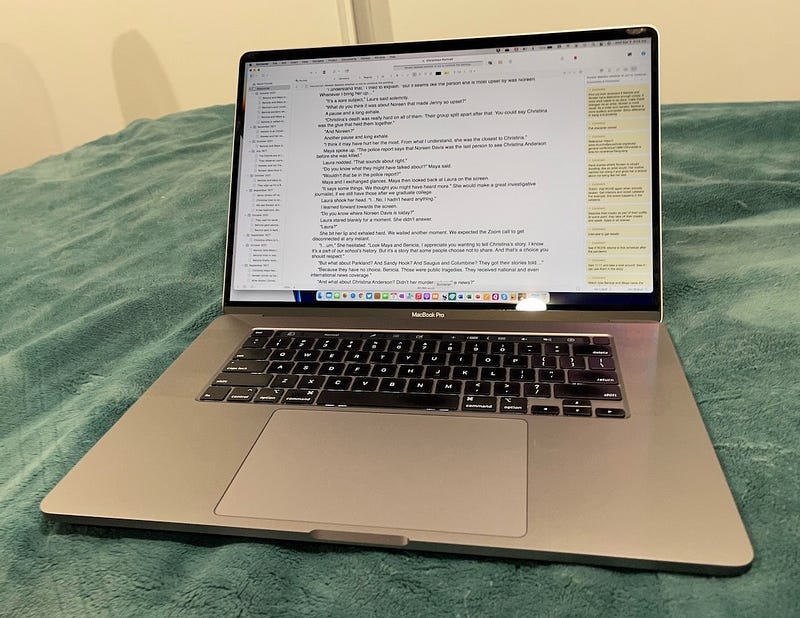The Evolution of Mac: A Decade of Technological Excellence
Written on
Chapter 1: The Dependable Companion
For the last ten years, my go-to computer has been the MacBook Pro. I purchased my first device, a 15-inch model from early 2011, back in March 2012. When it began to show signs of wear in 2016, I opted for a 13-inch variant from 2015. My current device, the final Intel-powered 16-inch model, was acquired in 2020. Averaging about four years of use is commendable, especially compared to some Windows laptops that often required replacement after just two years.
A few constants have marked my experience over this decade.
First and foremost is the consistent stream of OS updates. I began with OS X Lion and have upgraded to macOS Monterey. Every year, I receive updates like clockwork, along with service packs and bug fixes—all at no cost and on my schedule. In stark contrast, Windows updates often come unexpectedly, demanding immediate attention with little notice. The introduction of Windows 11 left me puzzled about when and how to install it, as well as what benefits it offered beyond a centrally placed Start menu.
Next is the seamless integration of the Apple ecosystem. My Mac effortlessly communicates with my iPhone and Apple Watch. When I add an event to my calendar, it instantly syncs across all devices. A photo taken on my iPhone appears on my Mac without any additional steps. Messages ring through on my iPhone, Mac, and vibrate on my Apple Watch—all without any setup required. This stands in sharp contrast to my wife's experience with her FitBit, which necessitates multiple apps for management and tracking.
Lastly, my Mac enhances my writing skills. This is not just a casual claim; the Mac offers exceptional writing software, including tools like Scrivener and ProWritingAid, alongside essential applications such as Quicken, TurboTax, and Microsoft Office. However, it's the hardware features that truly elevate my writing experience.
The keyboard is a primary factor; had I owned a model with the Butterfly keyboard, I might have a different opinion. Nevertheless, every Mac laptop I've used has had comfortable keyboards that support extended typing sessions. The trackpads are also highly responsive and intuitive, eliminating accidental clicks when resting my wrists. The 16-inch display on my current model is crystal clear and spacious, making it a joy to use. I can't envision going back to a smaller screen. While I appreciate the new MacBook Pro's added ports, I find that a dongle suffices for my needs.
When a computer is both comfortable and reliable, it allows you to fully concentrate on your writing. The technology becomes invisible, enabling a deep connection with your words. You can invest years in writing a book without the fear of losing your work due to crashes. Setting up automated backups on a Mac is also straightforward. It's no surprise that my most successful writing endeavors—Mastering Table Topics, Amiga, and The Remainders—were completed on a Mac. As I've often said, effective technology is inherently useful, and Apple products have served me well throughout the years.
Someday, I will need to replace my current 16-inch MacBook Pro, and I intend to choose another MacBook Pro. By then, Apple is likely to have released the M7 Pro Max Ultra chip alongside macOS San Rafael. Perhaps they will even develop an outstanding webcam and Face ID without the notch. Until then, I look forward to enjoying many more years with a Mac.

Chapter 2: Reflections on a Decade
In this video, we explore the enduring legacy of the 2013 Mac Pro and how it has held up over the past decade.
This video provides an insightful overview of the history of Mac OS X, discussing which versions have stood the test of time and why.